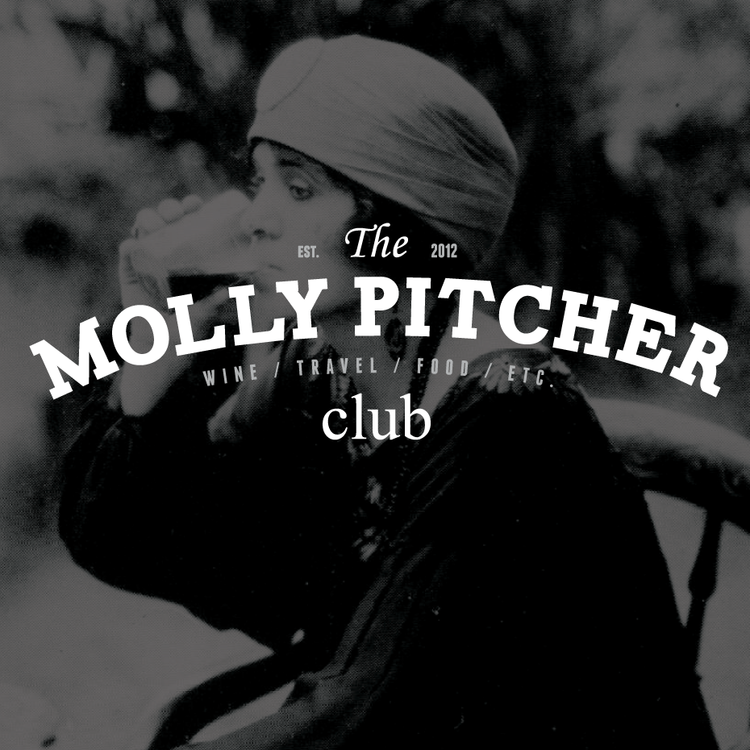Benchmark Wine Tasting Class: Other Classic Whites
Hey there wine nerds! Welcome to the second installment of the benchmark wine series. For the newbies, I previously introduced a benchmark wine tasting series based on a tasting I did at Penn State University. Last time, I provided an overview on aromatic whites. Now, I will be discussing "other classic whites," or more specifically Chardonnay and Sauvignon Blanc. We also tasted an Albariño just to mix things up.






This tasting couldn't be more interesting because I considered these grapes extremely different in flavor and character. When I think of Sauvignon Blanc, I think of bright citrus, spicy green pepper and high acidity. When I think Chardonnay, I think smooth vanilla, stone fruit flavors and full-body. However, now that I think a little more, the two grapes are similar in one curious way -- they are both very versatile. Both have adapted to a variety of locations and styles, resulting in a variety of selection for consumers.
Sauvignon Blanc.
I have said it before and I will say it again, Sauvignon Blanc is my favorite grape! If you drink Sauvignon Blanc, then you know it has those awesome citrus, herbaceous, or even grassy green pepper flavors. Thanks to the world wide web, I learned a fun new principle when it comes to the flavors of Sauvignon Blanc: the ripeness of the grapes plays a major role in the flavor profile. (Duh, but listen to this!) If the grapes are LESS ripe, the wine is more likely to taste like lime or green apple. While, if the grapes are MORE ripe, the wine will likely taste like flowery peach or citrus. The best regions for Sauvignon Blanc are Bordeaux, Loire Valley (specifically Sancerre), New Zealand, and California. When surfing the aisles at the wine store, you can also look for the following synonyms: Fume Blanc or Pouilly-fume and you will most likely be drinking Sauvignon Blanc. Looking for food pairing tips? A good general rule is "go green," since the herbaceous qualities of the wine will pair well with salads, but any herb based sauce would pair well also. Now that we have covered the Sauvignon Blanc basics, let's check out the wines I tried at the benchmark wine tasting:
BANCROFT ESTATE 2011
Where it's from. Marlborough, New Zealand.
My thoughts. I love NZ style Sauvignon Blanc because it's so distinct. The flavors can be grassy, spicey, or peppery. This particular bottle had a lighter style than I have experienced with most NZ Sauvignon Blancs, which was fine. It definitely had the spicey finished and white pepper notes tha I expected. Overall, this wine was delicious but, as the only NZ Sauvignon Blanc on the tasting, I was hoping for a bolder style. The room thought it would be hard to pair with food - but I argue it would go great with an arugula salad. (Don't knock it before you try it!)
Chardonnay.
Chardonnay and I have a love-hate relationship. Generally, I am not a fan of most those "butter-bomb" styles. But, the unoaked styles, generally out of the Old World, are quite lovely. Like our discussion above, the ripeness of the Chardonnay grape also changes dramatically with ripeness. MORE ripe and you may notice flavors of pineapple and other tropical fruit, LESS ripe and you may notice strong notes of lemon or green apple. Similar varietals include: Marsanne, Rousanne, Viognier, Semillion and Fiano (Italy). Check out the wines I tasted below:
KENDALL-JACKSON VINTNER'S RESERVE
Where it's from. California.
My thoughts. Definitely not a favorite. If you like the buttery styles, you may like this, but it's definitely not for me.
HENRY FESSY CHARDONNAY 2010
Where it's from. Pouilly-Fuisse, France
My thoughts. This wine could give any ABCer a run for their money. (Anything But Chardonnay). It had a pungent aroma that I was sure would mirror the taste - but I was so wrong. The flavors were subtle and sweet. Definitely an interesting wine.
LOUIS LATOUR 2008
Where it's from. Côte-d'Or, Burgundy, France.
My thoughts. This wine may have been my favorite white, maybe even my favorite wine of the tasting. This producer is just awesome. Yes, it is a bit more expensive - around $40 a bottle - but arguably worth every penny. The wine had a very refreshing aroma, including aloe or mint. However, it had a smooth and round taste, with an almost tart finish. I loved the complexities.
Albariño.
This grape is lovely. If you are ever in the wine store looking for something a bit different in the white wine aisle, Albariño is a great option. It is most commonly grown in northern Spain, specifically the Rías Baixas region. This grape is interesting because it has a pronounced fruit-forward aroma. For our benchmark wine tasting, we tasted the 2010 Mar de Vinas Albariño from Spain. Another great wine! It had the fruit aromas and bright acidity that I was hoping for - so check this wine out!
That is all for this post on benchmark wine - classic whites!
Cheers!



























